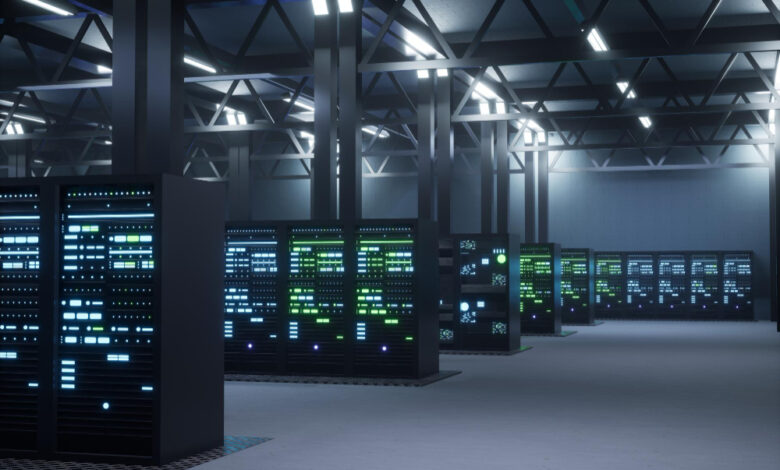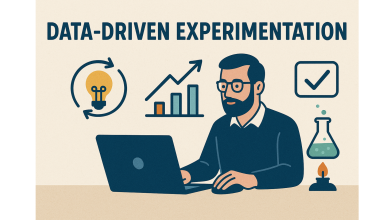
The increased need for building new data centers – and upgrading existing ones – to meet the demands of AI is putting a new emphasis on utilizing technologies to make them perform more efficiently and sustainably.
AI requires more data processing capacity, high computational power, and continuous operation. All of this adds up to more data center capacity, more square footage, and more machines operating.
Data centers have become essential to our modern lives. Think of all the things you touch daily that are transmitted to cloud-based services all of which have servers housed in data centers. PC’s or laptops, smart phones, smart doorbells and even your car, are all sending and receiving data from a centralized location.
As such growth and demand for data centers is unprecedented. According to McKinsey, the data center market is expected to grow from a current demand on 25 GW (Gigawatts) in 2024 to 80 GW by 2030. To put some perspective here, 1 GW is equal to one billion watts. A power plant with 1 GW could power 876,000 homes for one year. Data centers will consume significant power and the need to build new facilities and improve older ones will grow significantly.
These data centers will need more power not just to operate the machines, but to operate the facility as well. A major factor in these large square footage buildings is HVAC (Heating, Ventilating and Air Conditioning).
There are two major HVAC considerations that will help make data centers perform better. One is sufficient cooling capacity; the machines generate heat and cooler temperatures are needed. Data centers with high density servers need to maintain temperatures between 64 and 72F to ensure the chips in the machines don’t overheat, which will impede their performance and lead to failure. This can have a catastrophic effect in data centers, where most machines are relied on to operate continuously.
A significant factor in any building where temperature control is critical is conditioning outside air. This is where most HVAC energy is used. Utilizing strategies to limit outside air introduction is critical to improving energy efficiency in a data center.
Additionally, the quality of the air is important. Dust particles which can be introduced from outside or within the building can build up on servers and hinder cooling, leading to equipment failure. Also, gaseous contaminants such as sulfur dioxide and hydrogen sulfide can be corrosive and damage servers. Typical measures taken to reduce these contaminants are increased outside air to dilute gaseous contaminants or activated carbon filters to absorb these gases. Media filters to address fine dust particles are typically MERV 11 to 13 and many facilities use multistage filtration with pre filters and final filters that can be up to HEPA efficiency. High efficiency filters will restrict airflow making cooling more difficult and more power is used.
Data centers have considerable challenges. Only 20% of electrical power available is from a sustainable source, such as solar, wind or hydro power, according to the Office of Energy Efficiency & Renewal Energy. Given the high-power demand of data centers, how can they operate more sustainably?
Some have employed strategies like solar panels on roofs, given the large footprint of these facilities, which can generate sustainable power. There are also many opportunities to decrease the power demand to condition the facility. Limiting outside air introduction can have a major effect to reducing power demand. Also, less outside air will reduce contaminants like PM 2.5 particles that need to be filtered. Implementing strategies to use advanced air cleaning technologies, such as bi-polar air ionization can clean air, reduce particles and gaseous compounds, and allow the building to re-circulate more air that has been conditioned to temperature and use significantly less energy.
Also enhanced air cleaning as described above can lessen the need for high efficiency media filters. Using a lower MERV rated filter will reduce airflow restriction. This reduces fan horsepower needs from HVAC equipment and produces better airflow for needed cooling. These effects will both result in lower power demand. Also, bi-polar ionization technology causes a gas phase breakdown of gaseous contaminants, reducing these potentially corrosive elements and cause particles to agglomerate, become bigger and heavier, where less efficient filters can capture them better. Another benefit of this technology is the neutralization of static charge, as the technology produces both positive and negative ions as found in nature. This neutralizing of static will keep dust particles from collecting on servers, etc. allowing them to operate cooler and more efficiently.
All these options reduce the need for power and decrease the carbon footprint of the facility, helping to meet sustainability goals.
Today, many buildings are monitoring indoor air quality in real-time to operate more efficiently and sustainably. Understanding CO2 levels can guide a facility to make automated adjustments to outside ventilation. Tracking particle levels can help the facility to use performance-based maintenance, such as filter replacement based on IAQ data, rather than prescriptive maintenance based on the calendar.
Even as the demand for data centers grows and the power needed to operate them increases, using creative strategies like advanced air cleaning and air monitoring can help minimize energy use from the facility and improve sustainability and the impact on the environment.




